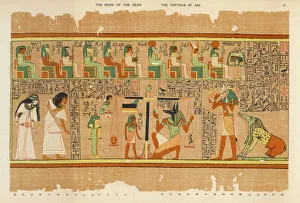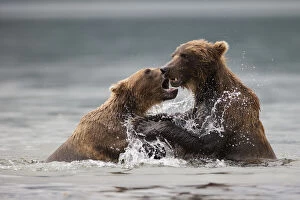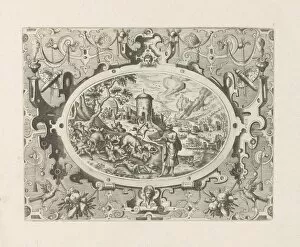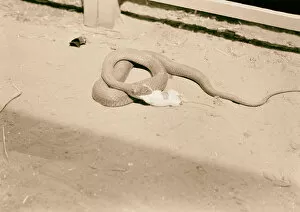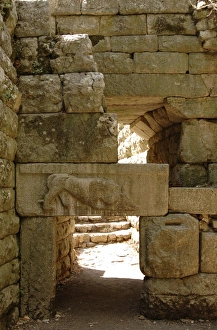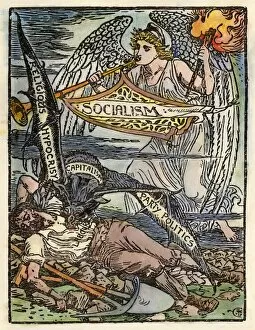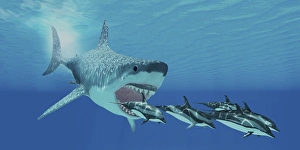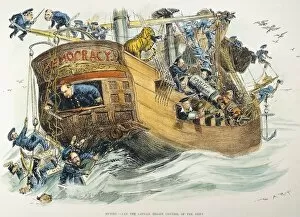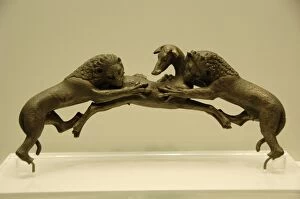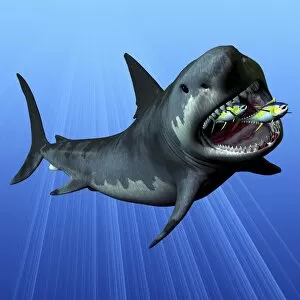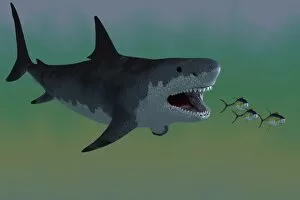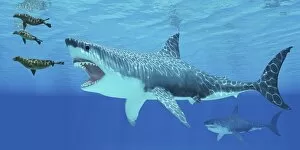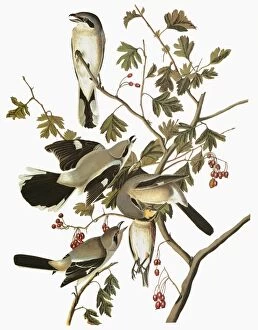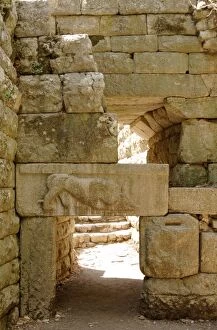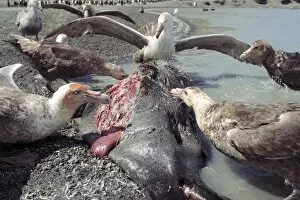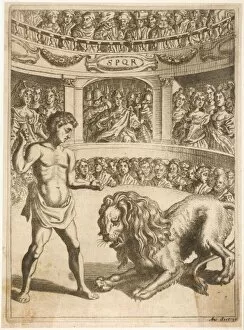Devour Collection
"Devour: A Journey Through Ancient Legends and Mythology" Embark on a captivating journey through time as we delve into the concept of "devour
All Professionally Made to Order for Quick Shipping
"Devour: A Journey Through Ancient Legends and Mythology" Embark on a captivating journey through time as we delve into the concept of "devour, " exploring its various manifestations across ancient civilizations. In the Book of the Dead Plate 3, witness the awe-inspiring imagery of Cyclopean walls and Lions gate in Butrint, Republic of Albania. These monumental structures stand tall, whispering tales of power and conquest. Travel further back to Tula, where Coatepantli or Serpent Wall tells a story etched in stone. Byzantine relief showcases a marble slab with a fierce lion devouring a deer - an artistic portrayal that captures both beauty and brutality. Mythological legends come alive as Prometheus battles against the vulture's relentless feast upon his liver. Saturn and his Children engage in an epic struggle for dominance, their engravings immortalizing their eternal conflict. But it is not just gods who partake in this primal act; humans too are caught up in this fight for survival. Witness warriors locked in combat, their determination to conquer evident even amidst chaos. Yet amidst these tales of destruction lies enchantment - enter the realm of magic cats from China whose mystical powers captivate all who encounter them. Greek Art takes us back to 5th century B. C. , where even bronze bath handles depict scenes of devouring creatures. The intricacy and artistry showcased here remind us that even mundane objects can hold profound stories within them. As our journey nears its end, we return once more to Butrint's Cyclopean walls and Lions gate - silent witnesses to countless narratives lost to time but forever imprinted on these weathered stones. "Devour" encapsulates not only physical consumption but also metaphorical feasting on power, knowledge, and desires throughout history. It reminds us that beneath every civilization lies an insatiable hunger waiting to be explored.

